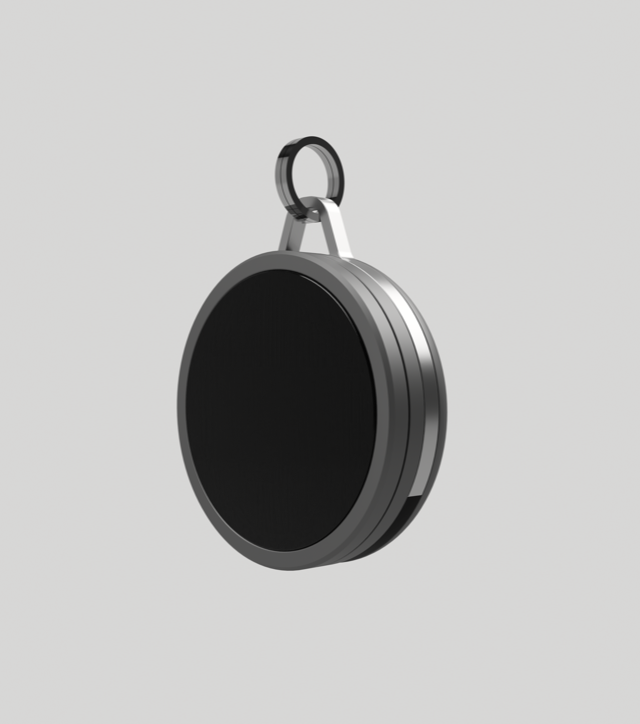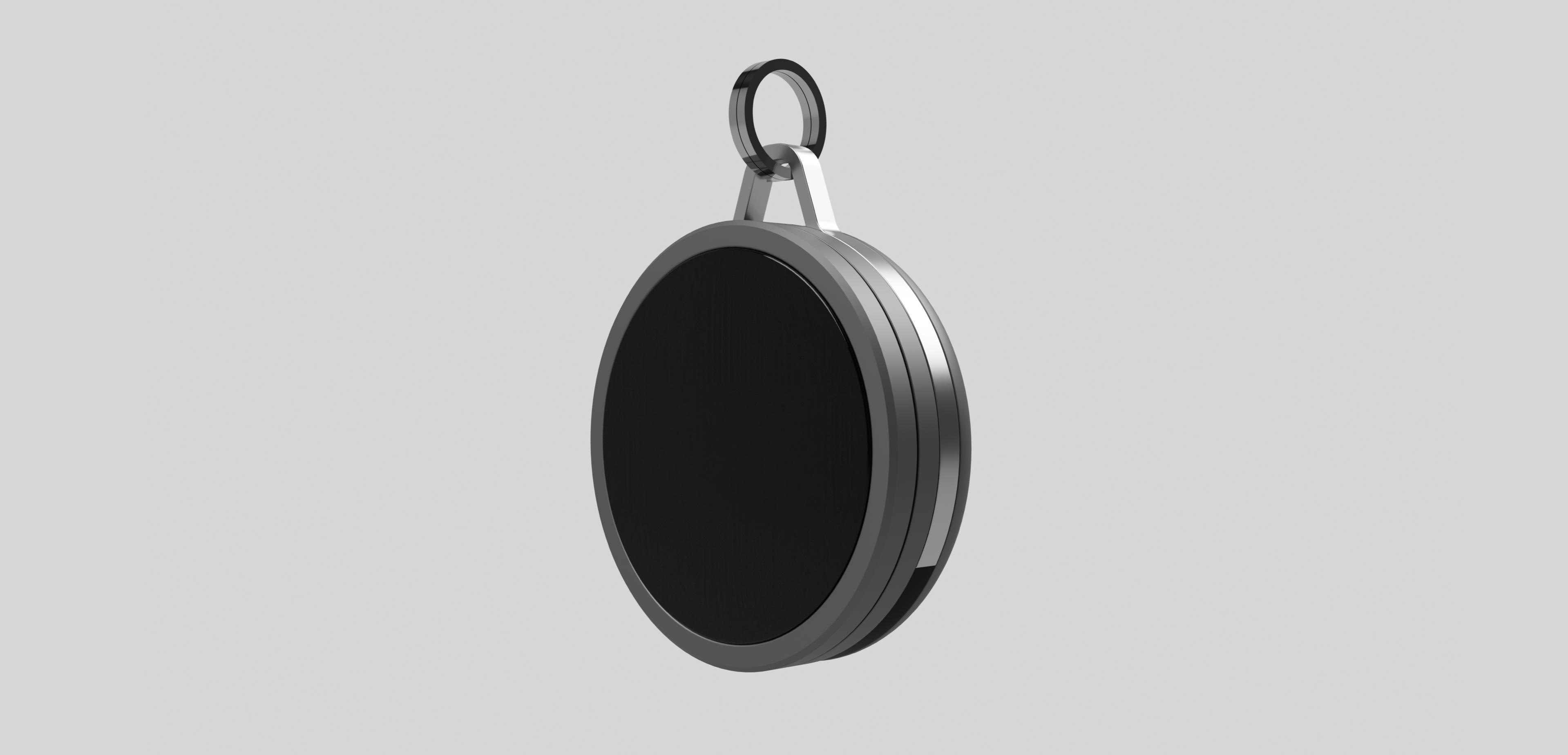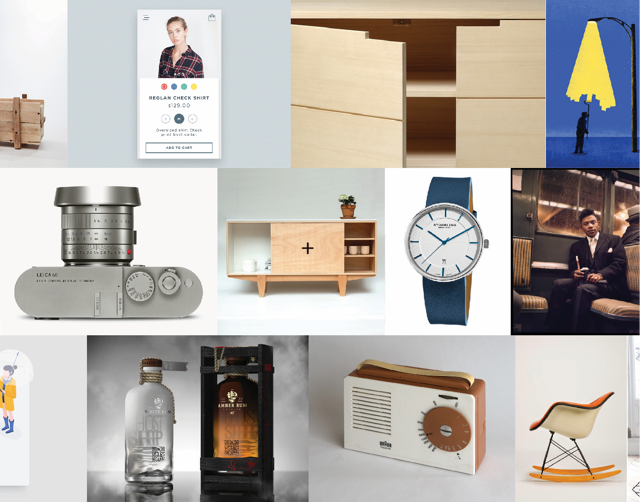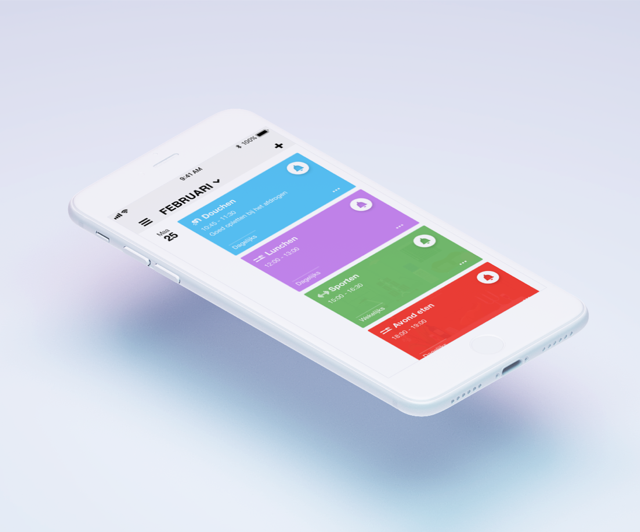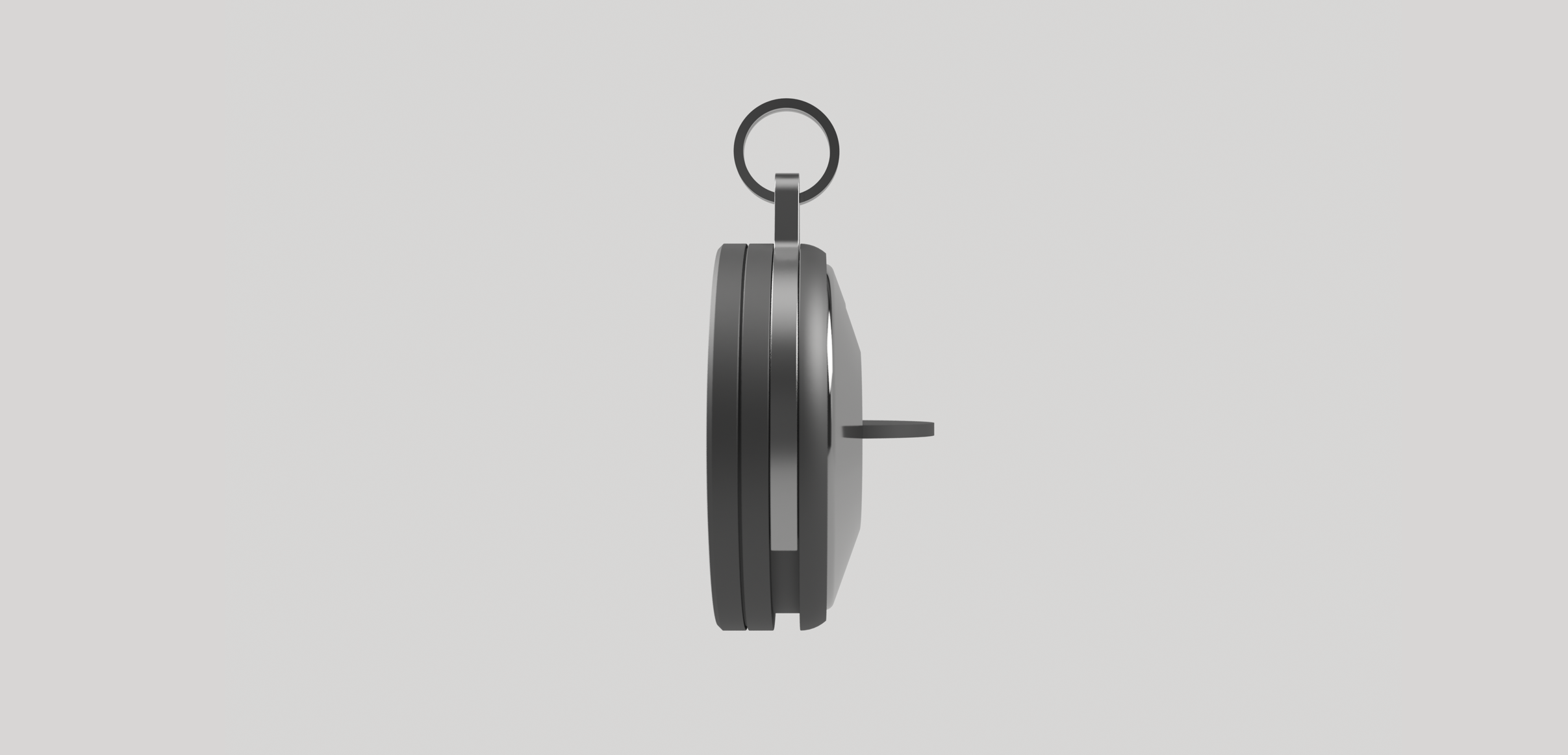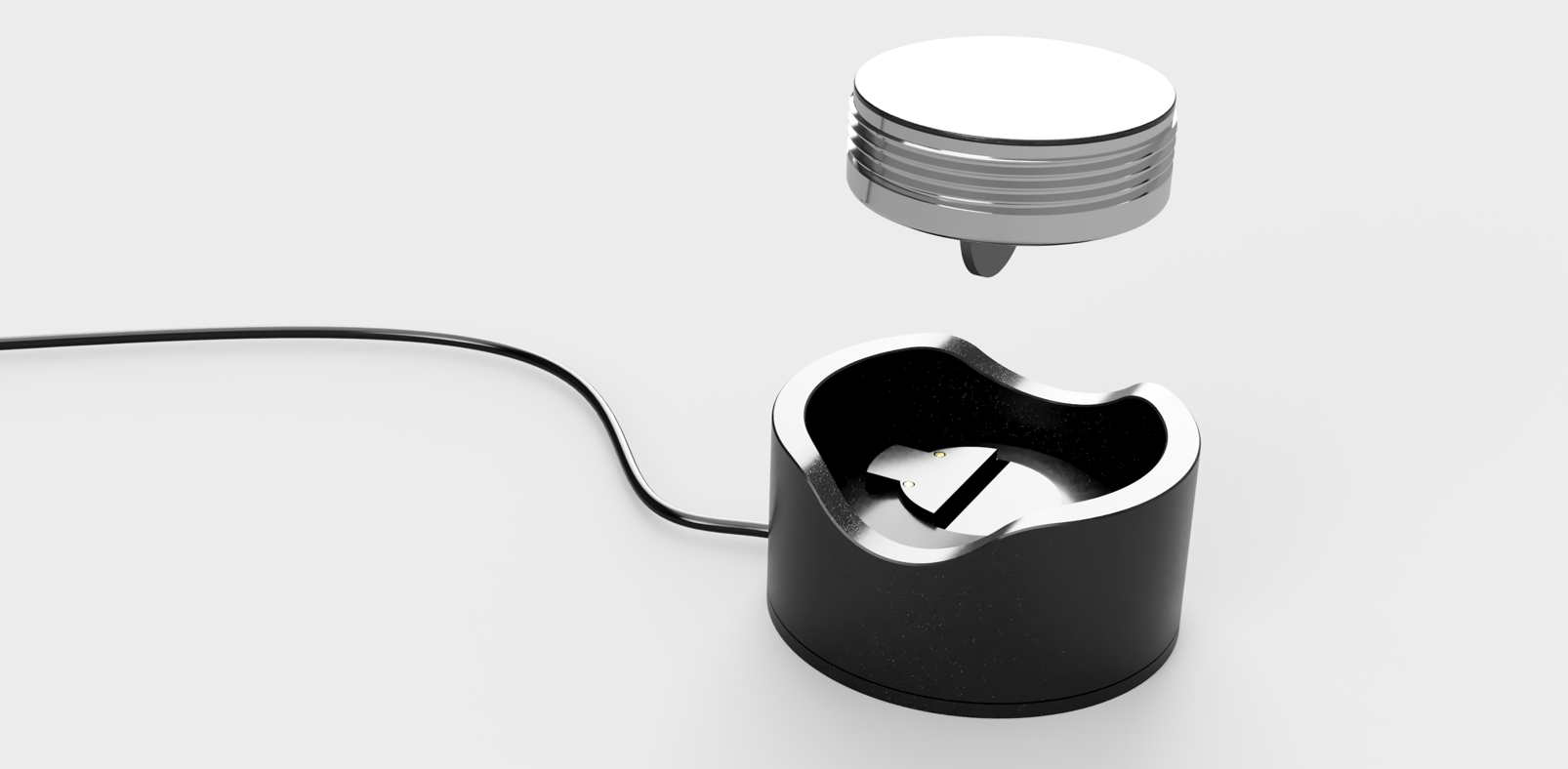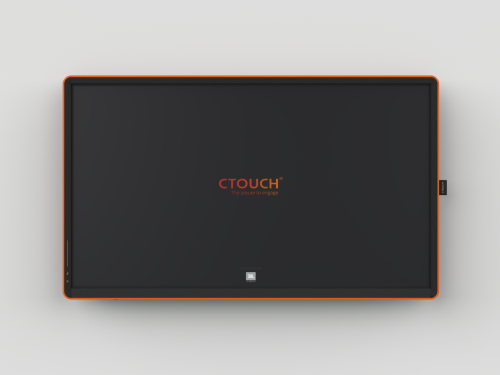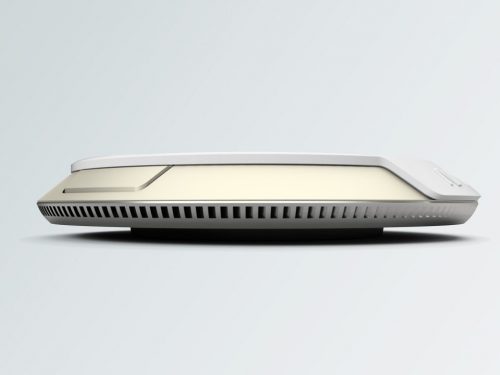
OmArm
Supporting elderly with dementia to build rituals that give them autonomy later on.
OmArm is a daily-rituals training device for people who are starting to show symptoms of dementia. With it you train yourself to associate a specific ritual (such as showering) to a specific sound and shape. This way you are able to maintain autonomy later in your dementia, when you would have otherwise lost your ability to take care of yourself.
CLIENT: Sanne Konings
AGENCY: De Jongens van de TU
MY SCOPE – DESIGN STRATEGIST
– Design Strategy
– Industrial / Product Design
– Interaction Design (UX / UI)
– Creative Business Design
Where is my mind?
The difficult thing about dementia is that over time you lose the ability take care of yourself. This makes the lives of people with dementia, and the workload of their caregivers, more and more difficult as time progresses. The goal of this project was to improve on this situation.
Sanne Konings original product was called OmArm. It was a bracelet that allowed a caregiver and dementia patient to communicate at a distance using touch gestures and sound notifications. The idea was that this would give the care-giver some much needed breathing room, and bring comfort the patient.
Time Peace
The natural form-giving for this product was a watch, or personal clock, because it is already emotionally linked as a tool for maintaining daily rituals (existing bodies of knowledge). Unfortunately numbers become incomprehensible during later phases, so we redesigned the interface to only show symbols that match the sound of the ritual.
Also, technologies that are worn visibly within your intimate space become part of your identity. Anything that doesn’t match with the rest of your style will stand out and feel uncomfortable.
Therefore OmArm was designed to be screwed in and out of many different watch straps or necklace chains. You choose your own strap style.
Care system
A pleasant added bonus to OmArm is that the caregiver does not need to have a watch themselves. They can even communicate with multiple patient plannings through one app, and are given more time for this because they are able to allow a patient a certain level of autonomy in their lives. This should help with the over-burdened elderly health-care system.
Business responsibly
We advised the use of a Hardware Enabled Service model, where the product is physically sold for a lower price and there is a monthly fee for the app service.
This advice was given because the cost of the service could be spread over a longer period of time, and the contract could be ended once support was no longer needed. This benefited both the user and the business, as the user might not have much financial freedom and the business receives a more predictable cashflow.






